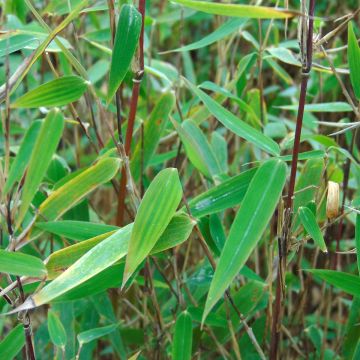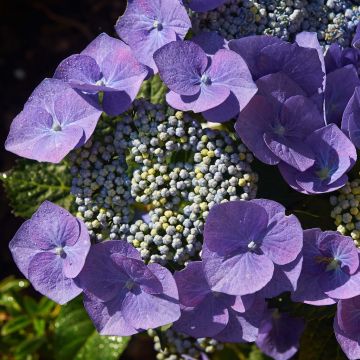

Exochorda macrantha The Bride
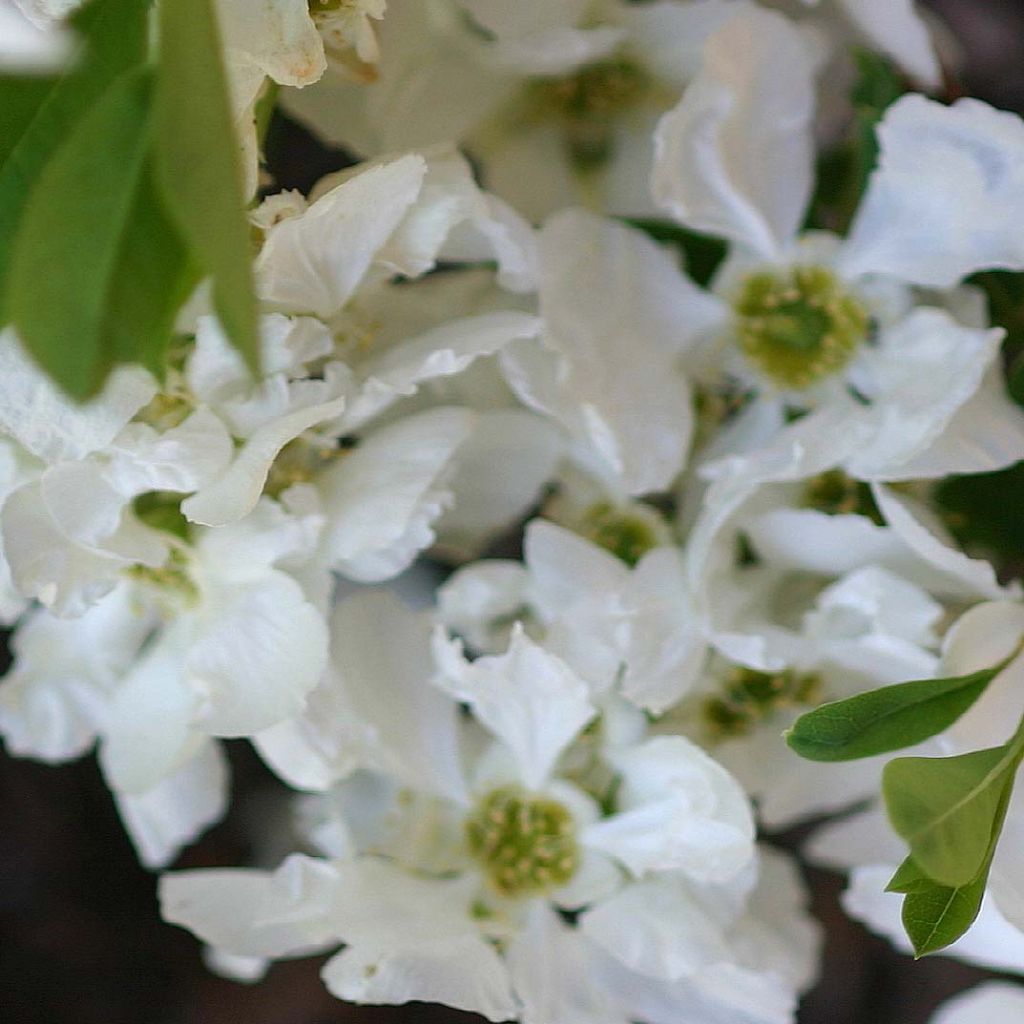

Exochorda macrantha The Bride
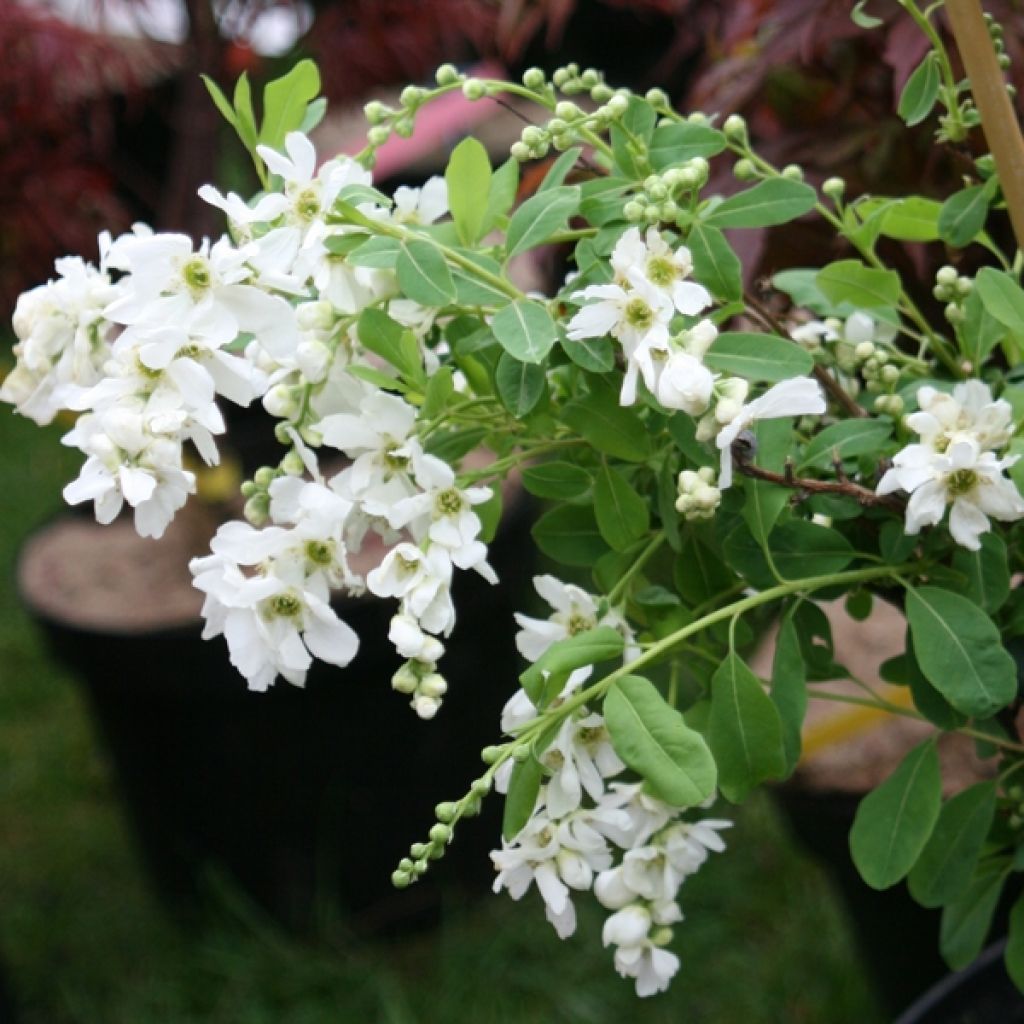

Exochorda macrantha The Bride
Exochorda macrantha The Bride
Exochorda x macrantha The Bride
Pearlbush, Common Pearlbush
This item cannot be shipped to the selected country
Delivery charge from €5.90
Oversize package delivery charge from €6.90
More information
Schedule delivery date,
and select date in basket
This plant carries a 24 months recovery warranty
More information
We guarantee the quality of our plants for a full growing cycle, and will replace at our expense any plant that fails to recover under normal climatic and planting conditions.
From €5.90 for pickup delivery and €6.90 for home delivery
Express home delivery from €8.90.
Oversize package: home delivery by special carrier from €6.90 per order..
Express home delivery from €8.90.


Does this plant fit my garden?
Set up your Plantfit profile →
Description
Exochorda x macrantha 'The Bride' is perhaps the most well-known representative of this genus of deciduous shrubs native to Asia, and undoubtedly the most planted in gardens. It owes its notoriety to its extremely graceful flowering dome appearance in spring, complemented by a beautiful weeping habit and abundant, dazzling white spring flowering. Hardy and unassuming, with no other requirements than a slightly acidic soil, it is a choice subject if you have a bit of space. It has a wide spread, often reaching 3 m (9.8 ft) wide, allowing this very beautiful Pearl Tree to express its entire ornamental value.
Exochorda 'The Bride' is a fairly old horticultural creation resulting from Exochorda x macrantha, itself the fruit of cross-breeding between Exochorda racemosa (native to eastern China) and E. korolkowii (native to Turkestan). All these shrubs belong to the Rosaceae family. 'The Bride', like its first parent Exochorda racemosa, prefers slightly acidic, well-drained soils.
'The Bride' is a relatively slow-growing, compact shrub with arching branches, wider than it is tall, reaching about 2 m (6 .6 ft) in height and 3 m (9.8 ft) in spread. During April and May, its young branches are covered with a string of perfectly round flower buds, pearly white in colour, which earned it the nickname "Pearl Tree." These buds, arranged in clusters of 6 to 10 units, open into mostly semi-double flowers, 2 cm to 3 cm (0.8 in to 1.2 in) in diameter, white in colour with a pale-yellow centre. They are so numerous that they almost entirely cover the foliage. Its leaves are deciduous, appearing in spring and falling in autumn. They are light to medium green in colour, measuring 4 cm to 6 cm (1.6 in to 2.4 in) in length, and are ovate in shape, elongated and pointed at the tip. The foliage turns golden yellow in autumn before falling. This extremely hardy shrub can withstand temperatures as low as -28° C (-18.4° F).
This shrub is splendid during one month in spring, and falls into relative anonymity for the rest of the year. Its spreading growth requires ample space in a large garden. It is best planted in the front of a mixed border or free-standing hedge, consisting of larger deciduous or evergreen shrubs with staggered flowering or decorative foliage. Consider, for example, ornamental apple and cherry trees, hydrangeas, botanical roses, Parrotia, Cotinus, Forsythia, Japanese quince, anemone tree, Japanese maples, and many others. You can also plant perennials and bulbs at its base that flower at the same time, such as ipheions or chionodoxas. 'The Bride' perfectly describes the appearance of this shrub in spring, resembling a white crinoline.
Report an error about the product description
Exochorda macrantha The Bride in pictures
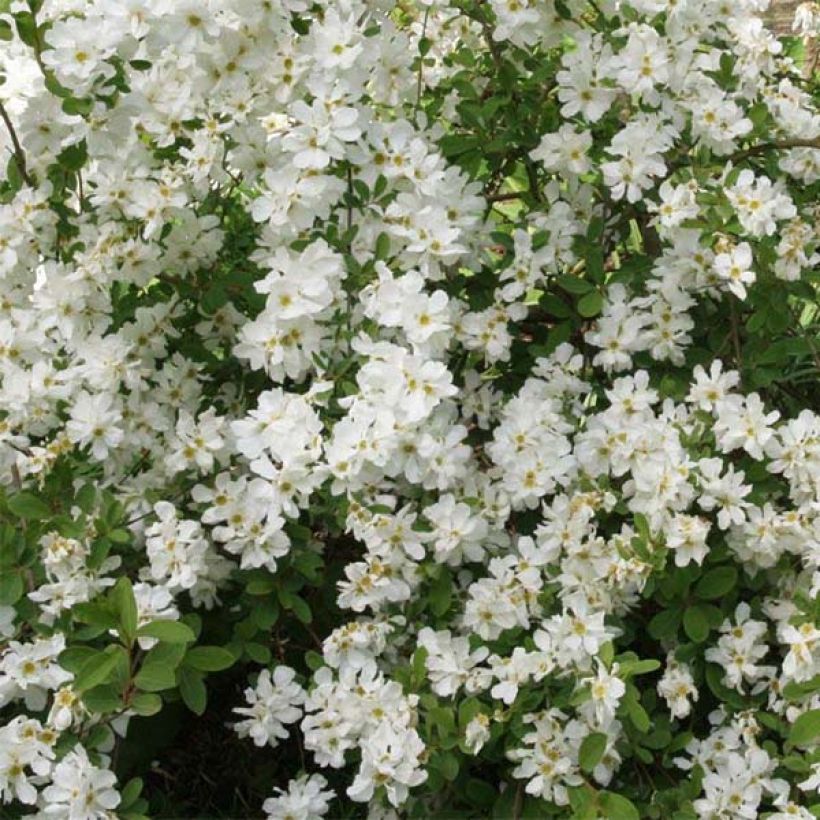





Plant habit
Flowering
Foliage
Botanical data
Exochorda
x macrantha
The Bride
Rosaceae
Pearlbush, Common Pearlbush
Cultivar or hybrid
Other Exochorda
Planting and care
Plant Exochorda 'The Bride' in full sun, not scorching, or in partial shade in fertile, moist but well-drained soil. A well-tilled garden soil is suitable, but limestone soils should be avoided. Place it in deep soil during autumn for flowering in May and June. Light pruning after flowering is recommended to remove faded branches and even out the growth. Cut back the oldest branches (over 3 years old) by one third. This will promote the formation of young shoots and prevent the bush from becoming bare at the base. Carry out this pruning every two to three years, after flowering, while ensuring good ventilation in the centre of the bush. Allow it to establish itself for 2 years before starting to prune it. Choose its location carefully from the beginning, avoiding transplantations as this bush tolerates them poorly.
Note: if your soil tends to be limestone, opt for Exochorda serratifolia and E. korolkowii botanical species or their more tolerant varieties.
Planting period
Intended location
Care
-
, onOrder confirmed
Reply from on Promesse de fleurs
Hedge shrubs
Haven't found what you were looking for?
Hardiness is the lowest winter temperature a plant can endure without suffering serious damage or even dying. However, hardiness is affected by location (a sheltered area, such as a patio), protection (winter cover) and soil type (hardiness is improved by well-drained soil).

Photo Sharing Terms & Conditions
In order to encourage gardeners to interact and share their experiences, Promesse de fleurs offers various media enabling content to be uploaded onto its Site - in particular via the ‘Photo sharing’ module.
The User agrees to refrain from:
- Posting any content that is illegal, prejudicial, insulting, racist, inciteful to hatred, revisionist, contrary to public decency, that infringes on privacy or on the privacy rights of third parties, in particular the publicity rights of persons and goods, intellectual property rights, or the right to privacy.
- Submitting content on behalf of a third party;
- Impersonate the identity of a third party and/or publish any personal information about a third party;
In general, the User undertakes to refrain from any unethical behaviour.
All Content (in particular text, comments, files, images, photos, videos, creative works, etc.), which may be subject to property or intellectual property rights, image or other private rights, shall remain the property of the User, subject to the limited rights granted by the terms of the licence granted by Promesse de fleurs as stated below. Users are at liberty to publish or not to publish such Content on the Site, notably via the ‘Photo Sharing’ facility, and accept that this Content shall be made public and freely accessible, notably on the Internet.
Users further acknowledge, undertake to have ,and guarantee that they hold all necessary rights and permissions to publish such material on the Site, in particular with regard to the legislation in force pertaining to any privacy, property, intellectual property, image, or contractual rights, or rights of any other nature. By publishing such Content on the Site, Users acknowledge accepting full liability as publishers of the Content within the meaning of the law, and grant Promesse de fleurs, free of charge, an inclusive, worldwide licence for the said Content for the entire duration of its publication, including all reproduction, representation, up/downloading, displaying, performing, transmission, and storage rights.
Users also grant permission for their name to be linked to the Content and accept that this link may not always be made available.
By engaging in posting material, Users consent to their Content becoming automatically accessible on the Internet, in particular on other sites and/or blogs and/or web pages of the Promesse de fleurs site, including in particular social pages and the Promesse de fleurs catalogue.
Users may secure the removal of entrusted content free of charge by issuing a simple request via our contact form.
The flowering period indicated on our website applies to countries and regions located in USDA zone 8 (France, the United Kingdom, Ireland, the Netherlands, etc.)
It will vary according to where you live:
- In zones 9 to 10 (Italy, Spain, Greece, etc.), flowering will occur about 2 to 4 weeks earlier.
- In zones 6 to 7 (Germany, Poland, Slovenia, and lower mountainous regions), flowering will be delayed by 2 to 3 weeks.
- In zone 5 (Central Europe, Scandinavia), blooming will be delayed by 3 to 5 weeks.
In temperate climates, pruning of spring-flowering shrubs (forsythia, spireas, etc.) should be done just after flowering.
Pruning of summer-flowering shrubs (Indian Lilac, Perovskia, etc.) can be done in winter or spring.
In cold regions as well as with frost-sensitive plants, avoid pruning too early when severe frosts may still occur.
The planting period indicated on our website applies to countries and regions located in USDA zone 8 (France, United Kingdom, Ireland, Netherlands).
It will vary according to where you live:
- In Mediterranean zones (Marseille, Madrid, Milan, etc.), autumn and winter are the best planting periods.
- In continental zones (Strasbourg, Munich, Vienna, etc.), delay planting by 2 to 3 weeks in spring and bring it forward by 2 to 4 weeks in autumn.
- In mountainous regions (the Alps, Pyrenees, Carpathians, etc.), it is best to plant in late spring (May-June) or late summer (August-September).
The harvesting period indicated on our website applies to countries and regions in USDA zone 8 (France, England, Ireland, the Netherlands).
In colder areas (Scandinavia, Poland, Austria...) fruit and vegetable harvests are likely to be delayed by 3-4 weeks.
In warmer areas (Italy, Spain, Greece, etc.), harvesting will probably take place earlier, depending on weather conditions.
The sowing periods indicated on our website apply to countries and regions within USDA Zone 8 (France, UK, Ireland, Netherlands).
In colder areas (Scandinavia, Poland, Austria...), delay any outdoor sowing by 3-4 weeks, or sow under glass.
In warmer climes (Italy, Spain, Greece, etc.), bring outdoor sowing forward by a few weeks.







































